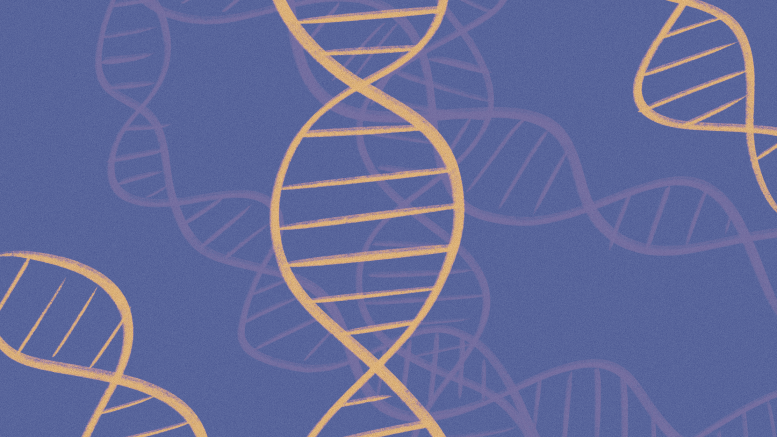Rett syndrome is a rare neurological disorder that occurs in 1 out of every 10,000 female births. Infants with the syndrome generally develop normally for the first six months of their lives. Then, they begin to lose skills they previously had, such as the ability to communicate, crawl and use their hands.
As they grow up, children with Rett syndrome find their use of muscles increasingly compromised, and struggle with movement, coordination and speech. They may also experience unusual hand movements, such as repetitive clapping, as well as seizures and intellectual disabilities.
Mojgan Rastegar is a biochemistry and medical genetics professor at the U of M. She has spent over a decade researching Rett syndrome’s mechanism of disease.
“The more I studied the underlying mechanism of disease for this severe neurodevelopmental disorder, the more I became determined to understand the causative molecular basis of impaired neuronal function,” she said.
Rett syndrome is caused by a mutation in the Methylcytosine-binding protein 2 gene (MECP2) gene, which makes a protein necessary for the nervous system to develop. When mutated, the MECP2
gene makes insufficient or damaged proteins. Lacking the protein and unable to form a fully functioning nervous system, Rett syndrome develops.
Virtually all cases of Rett syndrome occur randomly, as the MECP2 mutation is generally spontaneous rather than inherited and passed on through generations.
Almost all people with Rett syndrome are women, because the MECP2 gene is found on the X chromosome. Women with Rett syndrome typically have two X chromosomes, one of which is normal and softens the effects of the mutated X chromosome.
As men have a Y chromosome and an X chromosome, a mutation in their only X chromosome is frequently lethal. Boys with Rett syndrome are usually stillborn or pass away in infancy. If a boy has Klinefelter syndrome, which is when a Y chromosome and two X chromosomes exist (one of which may be normal, softening the effect of the mutated chromosome), or if the specific genetic mutation in his MECP2 gene is less severe, he may survive to grow up.
Currently, there is no cure for Rett syndrome. But researchers like Rastegar are paving the way for treatments and a better understanding of the disease.
“My ultimate goal is to help the affected patients and their families for better quality of life,” the professor said.
In 2019, Rastegar established the Human Rett Syndrome Brain Bio-Repository, a unique laboratory in Manitoba that receives donated brains of Rett syndrome patients across the country.
To date, the laboratory has acquired dozens of postmortem brain tissues. Through extensive research, Rastegar’s team has identified certain molecular pathways that are abnormally activated when Rett syndrome patients produce new proteins. Additionally, they have found specific cell-types of origin in areas of the brain that play an important role in Rett syndrome symptoms.
The studies undertaken in the lab have determined that the MECP2 gene functions differently in human brains compared to the animal brains that are frequently used in Rett syndrome research.
“Animal models of disease have been quite instrumental,” Rastegar said. “They are very valuable in addressing basic scientific questions in a controlled environment with the potential of being biologically replicated and tested for reproducibility and significance of results.”
“However, it is a known fact that the human brain is an extremely complex organ, and one cannot expect a direct translation of studies from model systems.”
The lab’s research addresses key differences between human and animal models, and investigates their differences and similarities with the goal of ultimately producing treatments for patients with Rett syndrome.
Rastegar stressed the lab’s research as critical not only for Rett syndrome but also for other incurable disorders like fetal alcohol spectrum disorder and autism.
She noted that this research would not be possible without the selfless donations of those whose lives have been claimed by Rett syndrome and the people supporting them.
“As parents, we know that our children and young adults engage with life with everything they’ve got,” stated a mother of a son with Rett syndrome whose death initiated the development of the brain donation protocol. “They would be the first ones to want to find a cure for Rett. And their postmortem brain donation might just provide the key that researchers need to find that cure.”


